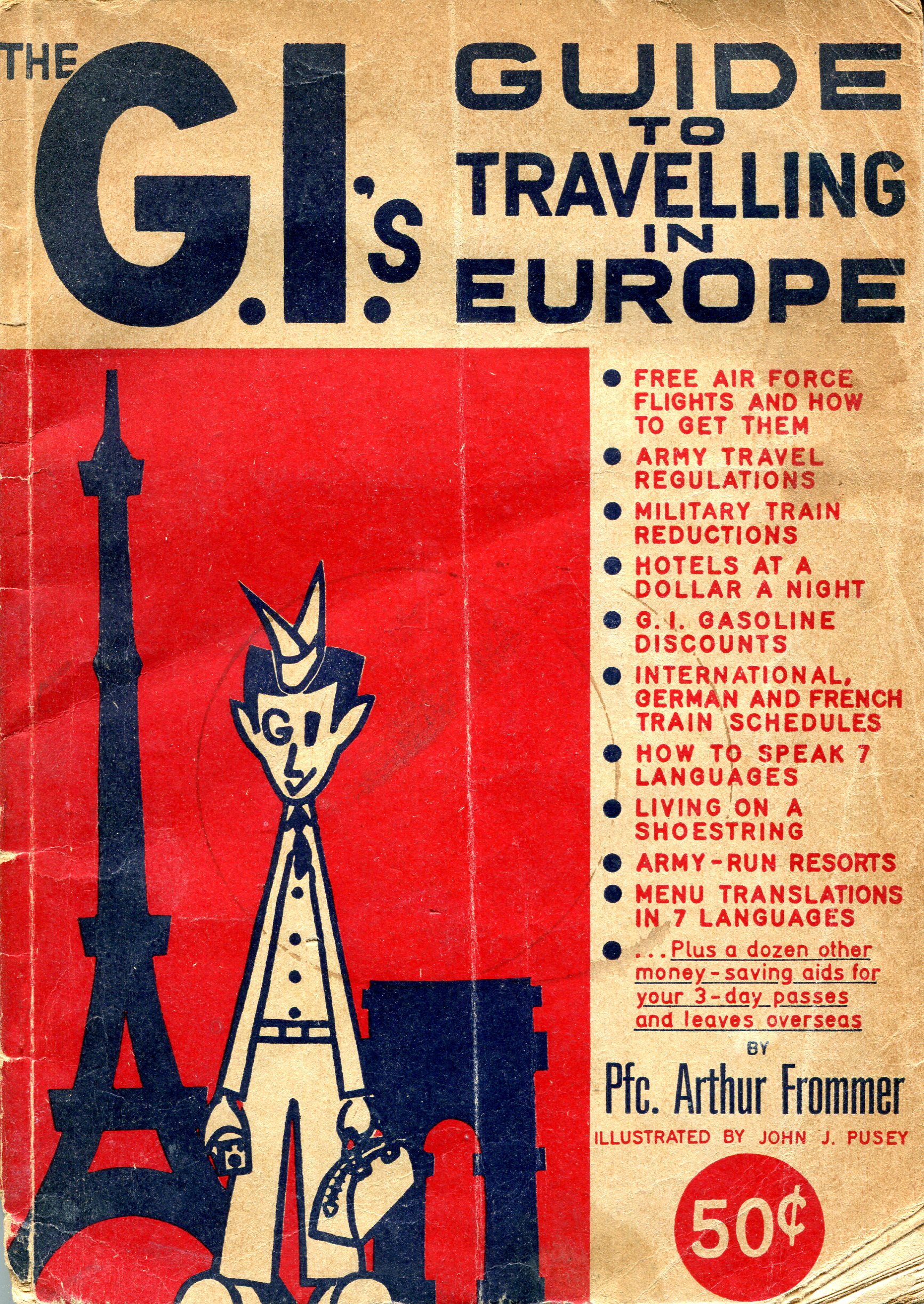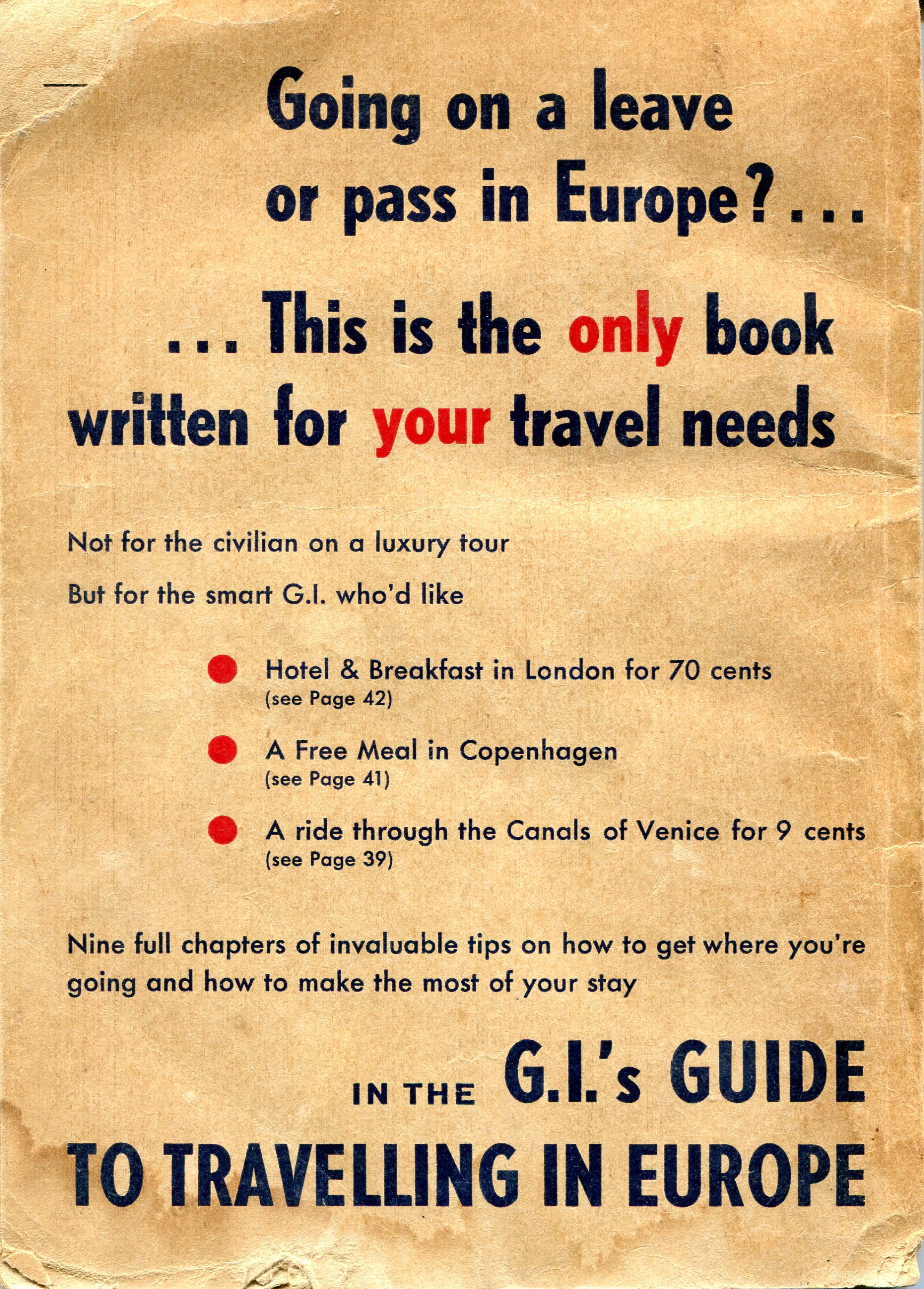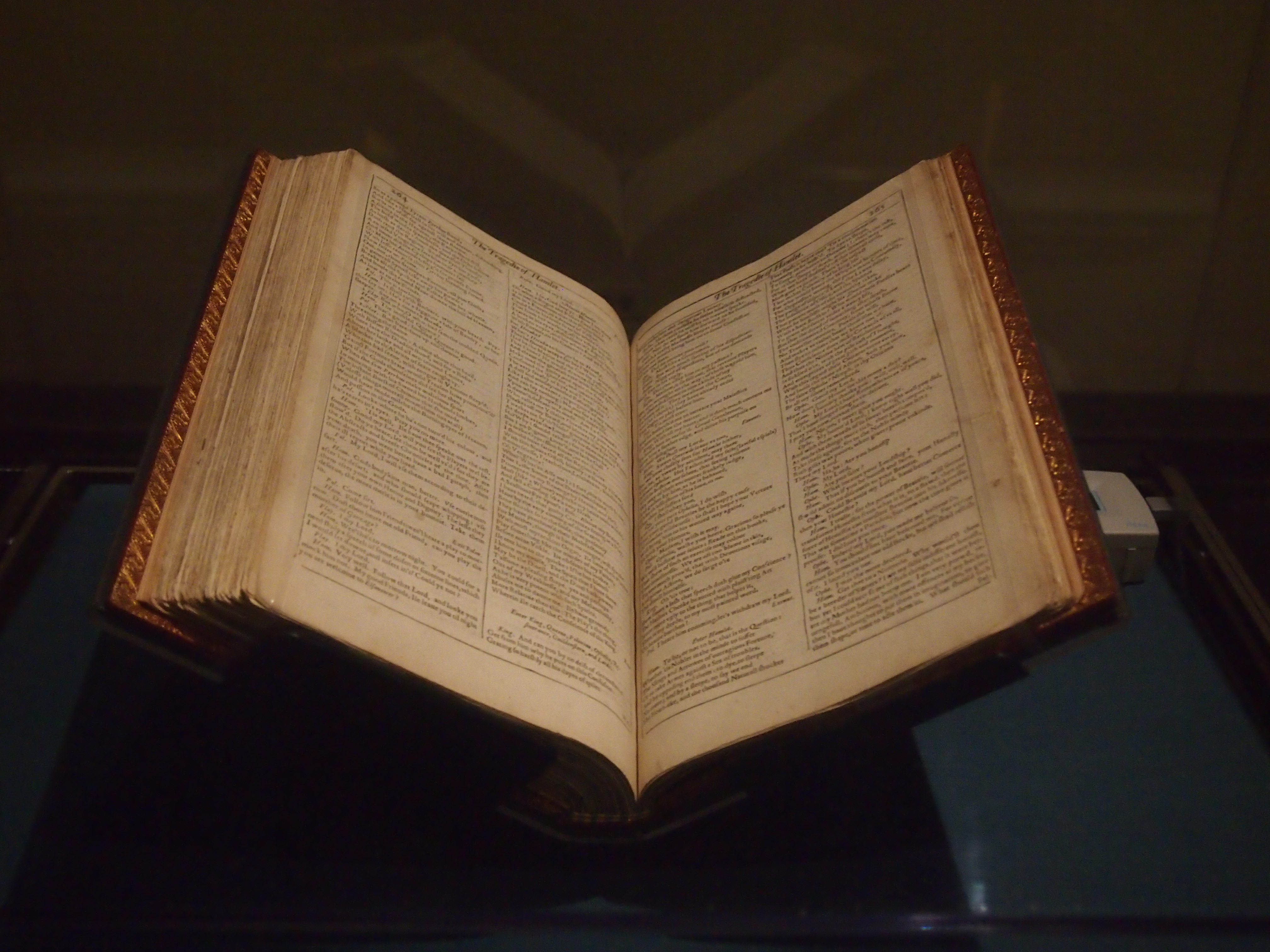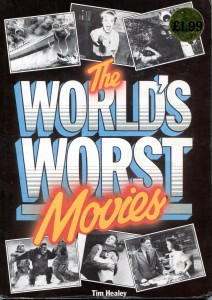One of the good things about Thanksgiving is that, while the next day technically isn’t a holiday — and some years ago, I worked for a skinflint who insisted that people work that day — it really is part of the holiday. So for me the thing stretched from Wednesday afternoon to Sunday afternoon (I usually get back to work on Sunday evening, since things need to be filed Monday morning).
Our Thanksgiving meal was pretty much the same as it has been for the last few years, after Lilly took over the making of the major starches: mashed potatoes, stuffing, macaroni and cheese. The meat, ham. The bread, King’s Hawaiian. The drink, Martinelli’s sparkling cider. The dessert, pecan pie. Call it habit, call it tradition.
Time to read: a valuable commodity. Needing something light, I buzzed through Lafayette in the Somewhat United States (2015), a popular history by Sarah Vowell, which guarantees a humorous tone. Humorous, but with genuine historical information included and, something I particularly like, accounts of her visits to often obscure places and monuments associated with the subject. In this case, sites associated with Lafayette. In the case of the only other book of hers I’ve read, Assassination Vacation, sites associated with the deaths of Lincoln, Garfield and McKinley.
There was also time over the holiday to watch a few movies, two on the small screen, one on the big screen. Radio Days, which I hadn’t seen since it was new. I appreciate the wonderful soundtrack a lot more now than I did then. Then there was Twelve O’Clock High, a first-rate war movie and Gregory Peck vehicle that I’d never seen before.
On Saturday, we all went to a nearby movie theater. Lilly and Ann wanted to see The Edge of Seventeen, a coming-of-age flick. Yuriko and I weren’t interested in that, so we saw Doctor Strange, a superhero movie about a character I knew virtually nothing about. Been a while since I’ve seen a comic-book inspired movie, especially in the theater. It was better than I expected. The story wasn’t great, but it managed to avoid outright stupidity, and the CGI was astonishingly good.
I also saw pieces of movies over the holiday. Days off or not, I see more pieces of movies now than whole ones, because there’s work to do, but also because I often don’t feeling like sitting through a whole movie, especially ones I’ve seen before, or already decided I don’t need to see.
Between Wednesday and today, I saw pieces of (no more than 30 minutes, no special order): Swing Shift, The Gay Divorcee, Fast Times at Ridgemont High, Marie Antoinette (2006), The Rocky Horror Picture Show, Gone With the Wind, The Godfather, The Purple Rose of Cairo, Capote, Juno, and Gran Torino. The last two were the only ones I’d never seen before. I lucked into some justly famous scenes in a few cases, such as the escape from burning Atlanta in GWTW, and the particularly memorable Phoebe Cates scene in Fast Times.







